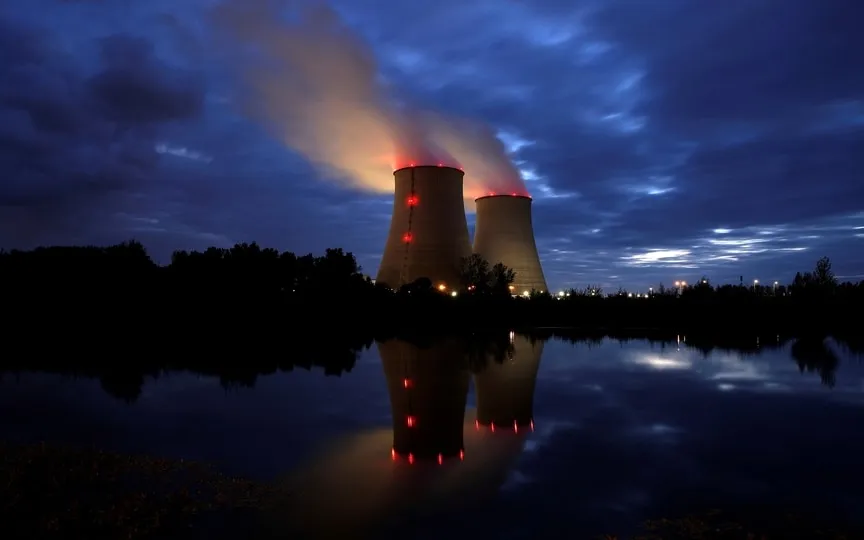Scientists in US Achieve Greater Success in Nuclear Fusion Experiment
The US scientists who achieved a groundbreaking nuclear fusion milestone have announced that they have successfully replicated their achievement, this time generating a higher amount of energy.
Lawrence Livermore National Laboratory shocked the world in December when it announced that it had conducted an experimental nuclear reaction that produced more energy than was put into it. This is science’s holy grail in the quest for limitless, clean power that will end fossil fuels.
“We can confirm that the trial produced a higher return than the December 2022 trial,” spokesman Paul Rhien said in an emailed statement Monday, without disclosing exact numbers.
He added that the California lab plans to report the results at future scientific conferences and in peer-reviewed publications.
The Financial Times was the first to report on the new development.
Its proponents have touted nuclear fusion as a clean, abundant, and safe source of energy that can finally wean humanity off its dependence on coal, crude oil, natural gas, and other hydrocarbons driving the global climate crisis.
However, there is still a long way to go before fusion is viable on an industrial scale and provides electricity for homes and businesses.
Nuclear power plants around the world currently use fission, the splitting of the nucleus of a heavy atom, to produce energy.
Fusion, on the other hand, combines two light hydrogen atoms into one heavier helium atom, releasing a large amount of energy in the process.
It happens inside the stars, including our sun.
On Earth, fusion reactions can be caused by heating hydrogen to extreme temperatures inside specialized devices.
Like fission, fusion is carbonless in operation and has critical additional advantages: it poses no risk of nuclear catastrophe and produces far less radioactive waste.
During the December experiment, the lab used 192 high-powered lasers to deliver 2.05 megajoules of energy into a tiny capsule smaller than a pea containing hydrogen isotopes. It produced 3.15 megajoules of fusion energy.
Although the result was a net energy gain, 300 megajoules of energy were needed from the power grid to operate the lasers.




